CUAVA-2
Status
Operational
Launch date
Flight time

Loading…
Location
n/a
Speed
n/a
Altitude
n/a
Inclination
n/a
Orbital period
n/a
Local Mean Solar Time
n/a
Next pass (SYD)
Spacecraft subsystems
Battery power
OK
Solar panel current
OK
n/a
Power consumption
CHARGING
n/a (avg n/a)
On-board computer
OK
Payload computer
OK
S-band radio
OFF
VHF/UHF radio
OFF
Data last published
Loading…
Loading…
Loading…
Attitude control
Yaw
0°
Δ 0.0°/min
Pitch
0°
Δ 0.0°/min
Roll
0°
Δ –0.0°/min
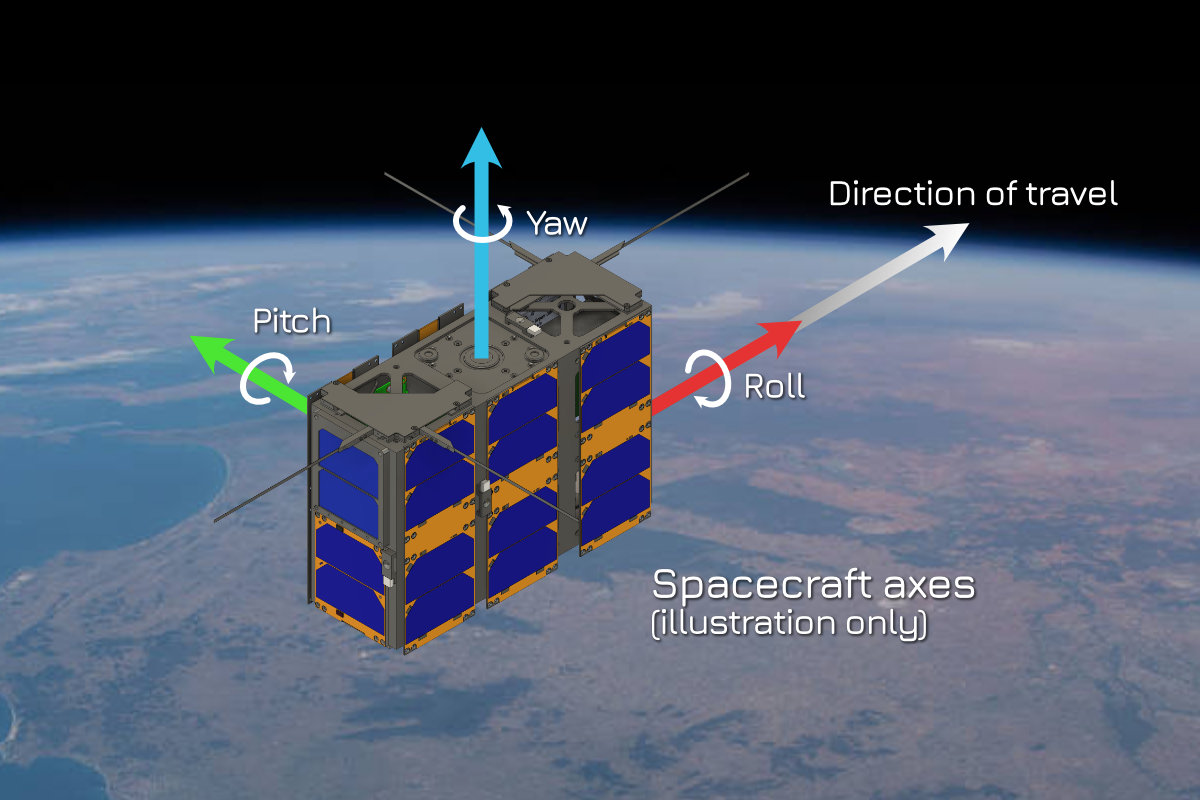
Payloads
CUAVA-2 GPS
Ready
Imager
Ready
Magnetorquer
Ready
Radiation Counter and DoP payload
Ready
CROSS star tracker
Ready
Charge Exchange Thruster
Ready
EDDI
Ready
PORT
Ready
Payload schedule (nominal)
CUAVA-2 GPS reflectometry payload
The CUAVA-2 GPS reflectometry payload is developed by a team from the Australian Centre for Space Engineering Research (ACSER) at the University of New South Wales. The CUAVA-2 GPS payload will be used to measure GPS signals scattered off the sea to determine the sea state remotely.
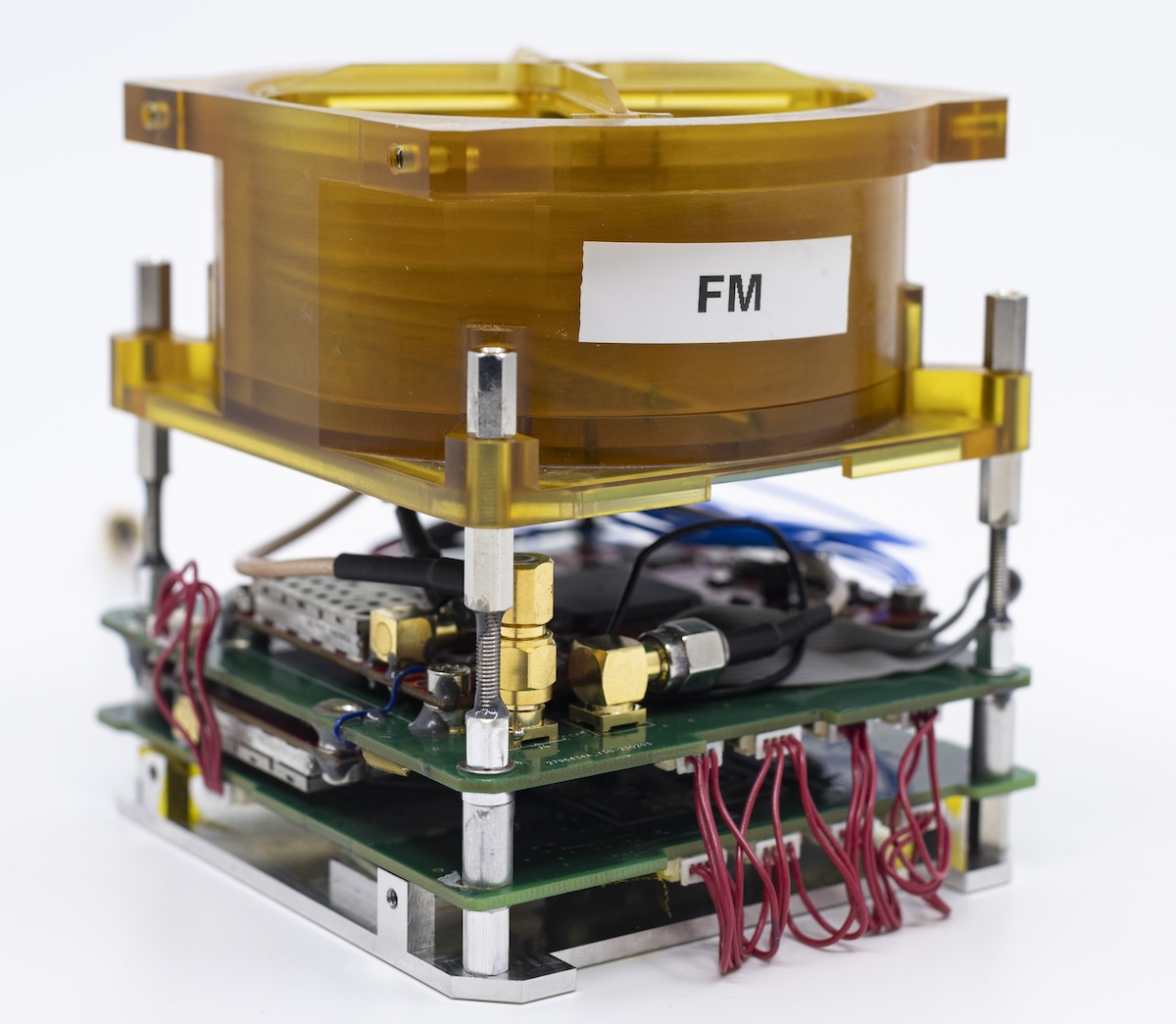
GPS reflectometry payload with deployable LHCP antenna
The payload comprises two Kea GPS receivers with flight heritage from the UNSW-EC0, INSPIRE-2 and CUAVA-1 satellite missions.
Hyper-Spectral Imager (HSI)
The CUAVA-2 HSI instrument is the second iteration of a full CubeSat-ready hyperspectral imager. This payload is designed to demonstrate a novel hyperspectral imager and to provide data for applications across coastal and marine, agriculture and forestry environments, urban areas, water hazards, and mineral exploration.
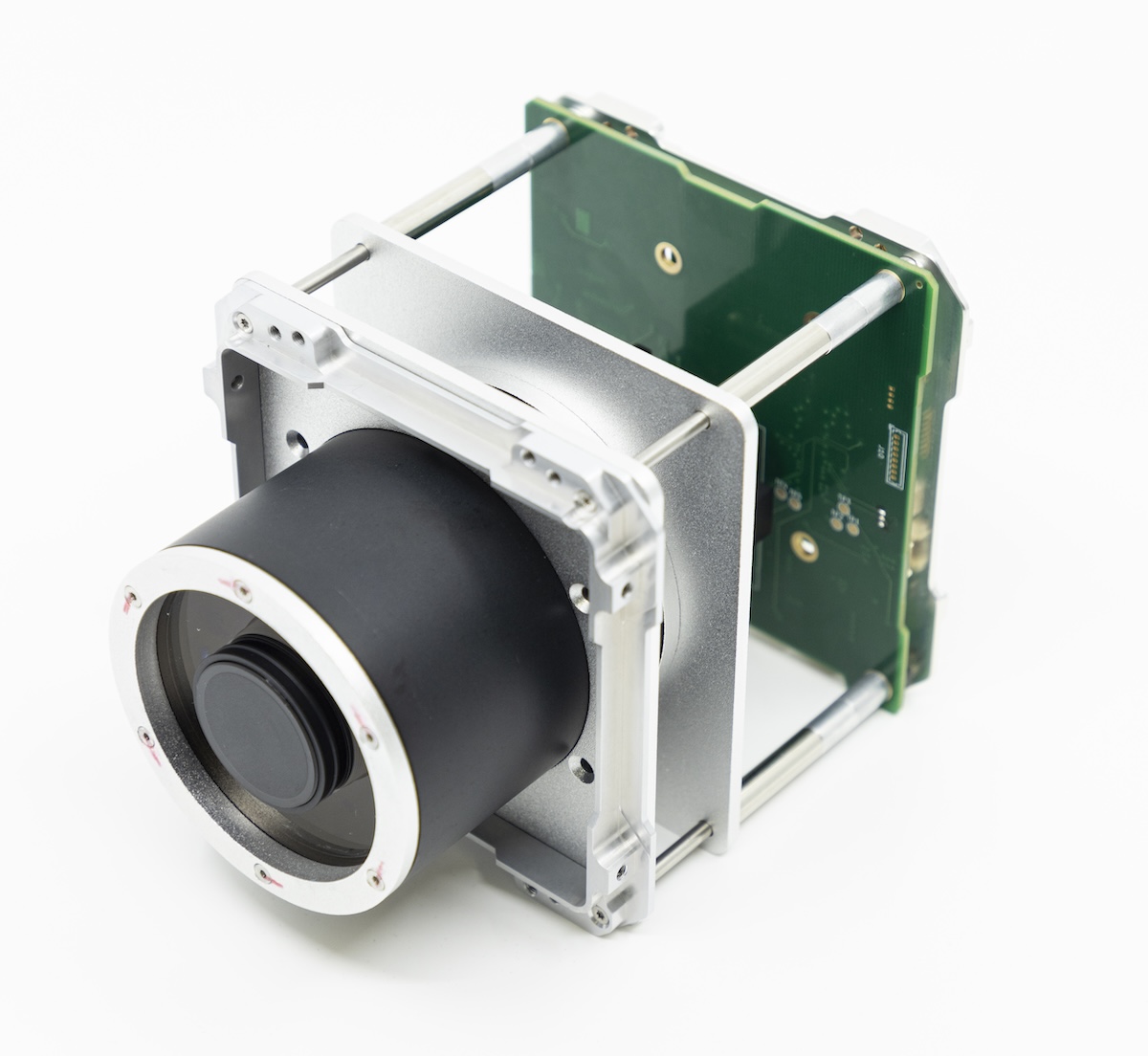
HSI flight model
The HSI combines an in-house design for the telescope lens assembly with a Ximea sensor. The Optical Telescope Assembly (OTA) shown in Figure 5 uses the optics from an ‘off-the-self’ catadioptric telephoto lens for mirrorless cameras but with a re-engineered assembly suitable for use in a CubeSat.
Electro Permanent Magnetorquer (EPM)
The Electro Permanent Magnetorquer (EPM) is a CubeSat-compatible device used for attitude determination and control on the spacecraft, developed by a team at the University of Sydney’s School of Aerospace, Mechanical and Mechatronic Engineering (AMME). Unlike traditional magnetometers, this magnetorquer uses hard magnetic materials for its core.
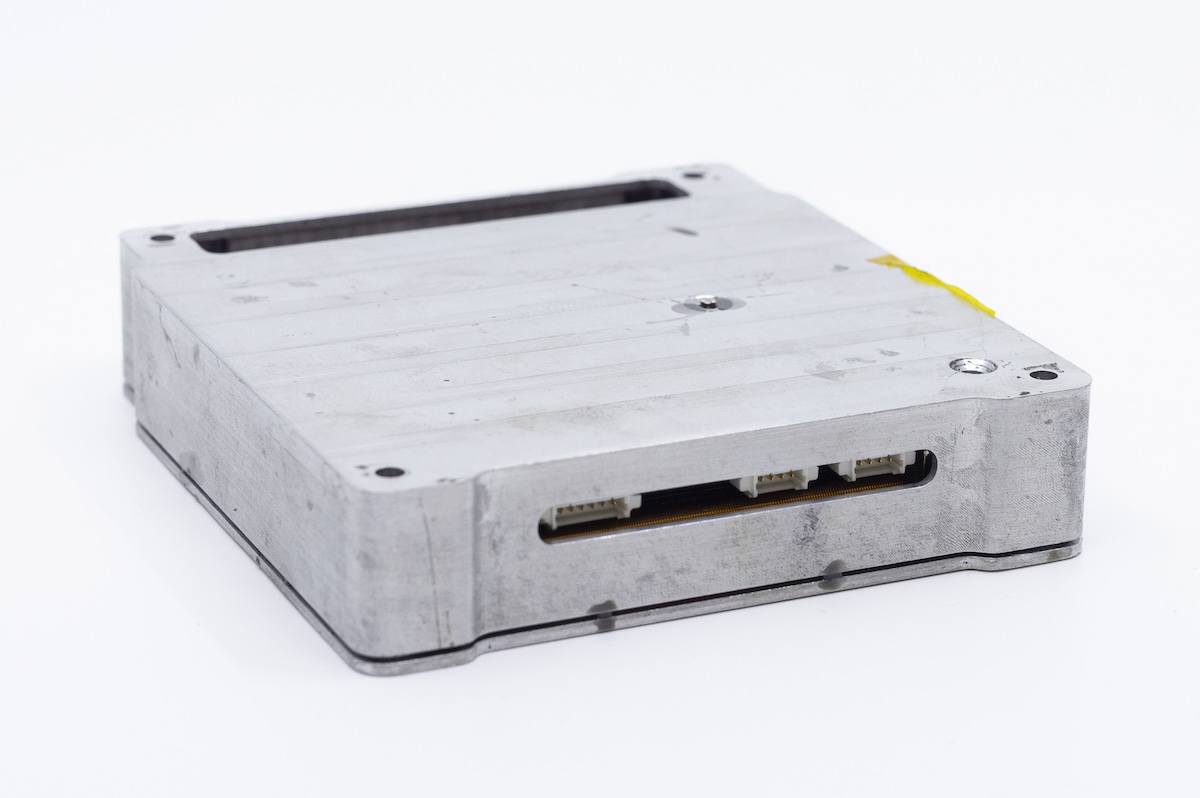
EPM flight model
In 2023, Deneb Space acquired the intellectual property from the University of Sydney for the EPM design. Subsequently, it was included as a backup payload on WS-1.
Radiation Counter (RC) and Data over Power-bus (DOP)
The Radiation Counter (RC) and Data over Power-bus (DoP) payload were developed by a team at AMME at the University of Sydney. This payload will be used to 1) measure space weather via high-energy X-rays and gamma rays resulting from energetic particle impacts with the CubeSat; 2) Demonstrate a novel Data over Power-bus solution on a CubeSat.

Engineering model of DoP (left) and RC (right)
The radiation counter unit is designed with 3 sets of solid-state BG51SM radiation detectors which are used to detect both beta and gamma radiation, including X-rays. The DoP system contains four data nodes. Each data node contains a switchable regulator and a demodulator. After data is collected by the radiation detector, this data will be used as an early DoP system.
Cross Reference Of Stellar System (CROSS)
CROSS is designed to be a compact and cost-effective wide field-of-view (WFOV) star tracker that removes barriers for CubeSats to achieve more complex space missions requiring higher pointing accuracy. We aim to use the CUAVA-2 mission to rapidly evolve and mature the CROSS payload into a commercial product.

CROSS engineering model for CUAVA-2
The optical subsystem consists of a FLIR Black Fly-S 5.0MP monochrome camera with a 20° Field-Of-View (FOV) S-Mount lens. A baffle was designed in-house to reject and absorb stray light from the Sun, Moon, and Earth. Flying this mechanical assembly allows for thermo-mechanical validation of the system in the space environment and determining the effects of vibrations and thermal expansion and contraction on the alignment of the camera with respect to the satellite.
Charge Exchange Thruster (CXT)
The Charge Exchange Thruster (CXT) is a novel electric propulsion system invented and developed at the University of Sydney (10). The device uses fundamental atomic processes within a discharge plasma to produce a plume of very high-velocity neutral particles (>100 km/s), generating thrust without the need for an external plume-neutralisation systems.

CXT flight model for CUAVA-2
The CXT aims to address the shortage of available electric propulsion systems for nano-scale CubeSats. The CXT is simple to manufacture using standard machining techniques and is highly flexible, in principle offering a wide selection of viable fuels and a broad range of operational powers (<1 Watt – 100 Watts).
Electron Density & Debris Instrument (EDDI)
The Electron Density and Debris Instrument (EDDI) is designed to measure Earth’s ionospheric plasma density and temperature and detect sub-mm particle impacts on a satellite body. Such an objective is achieved by continuously measuring the electric field spectrum in the region around a satellite with a dipole antenna connected to a custom-built PCB for signal amplification and processing.

EDDI flight model

EDDI Antenna
Continuous measurement of Earth’s plasma properties will help us develop the first accurate, global, time- and spatially-varying dataset for the cold plasma in Earth’s ionosphere. Particle impact data will help us develop better space junk models for debris too small to be detected and tracked from Earth-based radar systems.
Perovskites in Orbit Readiness Test (PORT)
The Perovskites in Orbit Readiness Test (PORT) payload was designed by the University of Sydney Space Solar Cell Research Team. The PORT payload seeks to be the first demonstration of the capabilities of perovskite solar cells in extraterrestrial environments. If successful, this mission will pave the way for lower-cost space-grade solar cells.
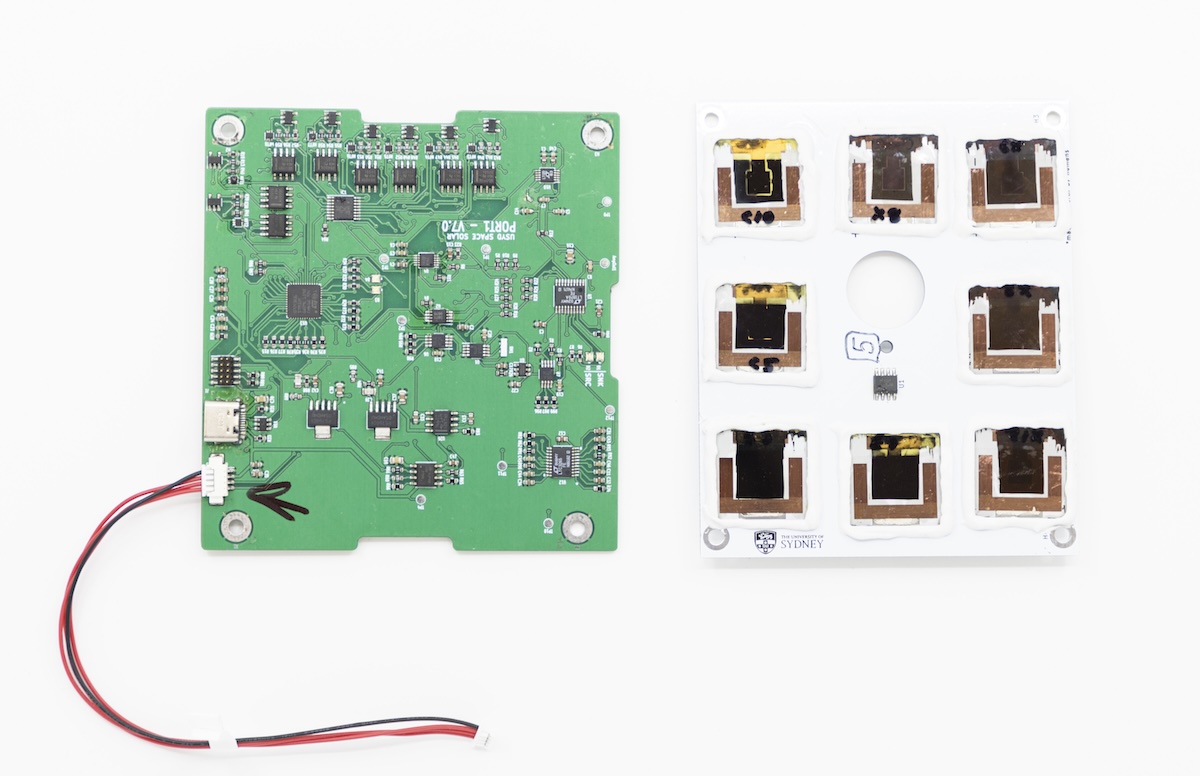
PORT flight model solar cells (left) and I-V measurement PCB (right)
PORT consists of two PCB boards; a current-voltage (I-V) characteristic sweep PCB to be housed internally and an exterior-facing panel with 7 perovskite cell variations and one traditional III-V cell.